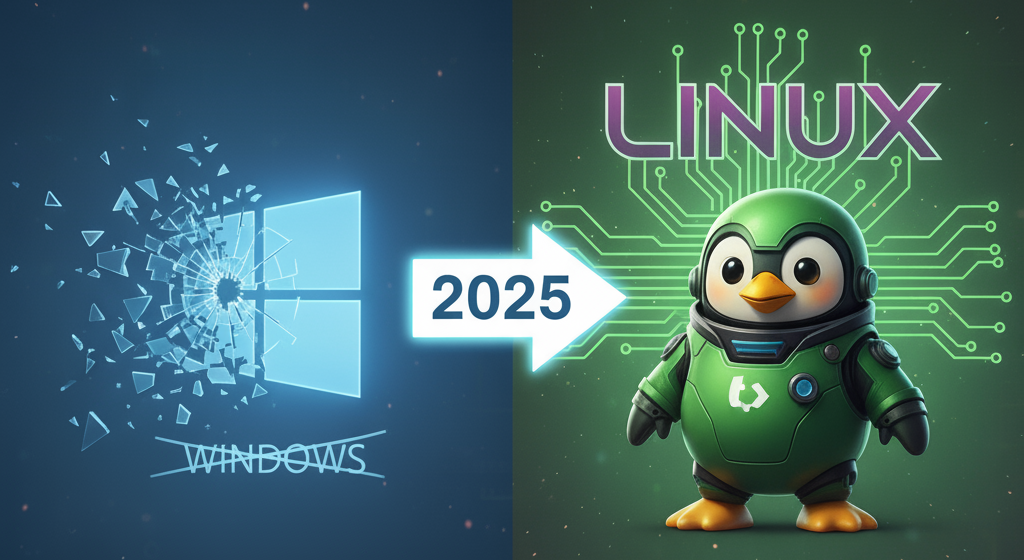Linux is a powerful and versatile operating system that has gained a strong following among gamers in recent years. While it may not have the same mainstream appeal as Windows, Linux offers several advantages for gaming, including lower system requirements, better performance, and a more secure platform. In this article, we’ll provide a comprehensive guide to setting up a Linux gaming system. From choosing the right distro to optimizing system performance, we’ll cover everything you need to know to get the most out of your Linux gaming experience. Whether you’re a seasoned Linux user or new to the platform, this article has something for you. So let’s get started and discover the power of Linux for gaming!
Choosing the right Linux distro for gaming
The kernel is the core of an operating system, responsible for managing hardware resources and providing a platform for applications to run. For gaming on Linux, it’s important to choose a distro that has a recent and well-maintained kernel. Newer kernels can provide improved hardware support, better performance, and a range of new features that can enhance the gaming experience. When choosing a Linux distro for gaming, be sure to check the kernel version and release date to ensure that you’re getting a distro with a relatively recent kernel. You can also consider choosing a distro that focuses on providing the latest kernel releases, such as Fedora or Arch Linux. By prioritizing a recent kernel, you can ensure that you have a stable and well-supported platform for gaming on Linux.

In addition to a recent kernel, there are a few other factors to consider when choosing the right Linux distro for gaming. One important factor is the package management system. Different distros use different package managers, such as APT (Advanced Package Tool) or YUM (Yellowdog Updater, Modified), to handle the installation and management of software packages. It’s important to choose a distro with a package manager that is user-friendly and compatible with the software you want to use. Another factor to consider is the availability of software repositories. Some distros come with a large number of software repositories pre-configured, which can make it easier to find and install the games and tools you need. Finally, the desktop environment can be an important factor for some users. Different desktop environments, such as GNOME or KDE, offer different user experiences and may be more or less suitable for gaming.
Installing and configuring Linux for gaming
Now that you’ve chosen the right Linux distro for gaming, it’s time to install and configure it on your machine. In this section, we’ll provide a step-by-step guide to installing Arch Linux, a popular choice for gaming due to its rolling release model and a strong focus on the latest software.

- Download the Arch Linux ISO image from the official website and burn it to a DVD or USB drive.
- Boot your machine from the installation media and follow the prompts to begin the installation process.
- Select your language and time zone, and then configure your keyboard layout.
- Connect to the internet, either via Ethernet or WiFi.
- Partition and format your hard drive according to your desired setup. Arch Linux uses the MBR partitioning scheme by default, but you can opt for GPT if desired.
- Install the base system, including the Linux kernel and core utilities.
- Configure the system clock and hostname.
- Create a non-root user and set a password.
- Install and configure the bootloader, such as GRUB.
- Reboot the system and log in with your new non-root user.
Now that you have a basic Arch Linux installation up and running, you can proceed to install and configure the graphics drivers for optimal performance. This is typically done through the package manager, such as pacman, and may require adding additional software repositories to your system.
Optimizing system performance for gaming
To get the most out of your Linux gaming system, it’s important to optimize system performance. There are several steps you can take to ensure that your system is running smoothly and efficiently.
One simple way to improve performance is to disable unnecessary services and processes that may be running in the background. You can use a tool like systemd or htop to identify and disable unnecessary services and processes.
Another way to optimize performance is to use a utility like gamemode, which optimizes system resources for gaming. Gamemode can adjust CPU governor settings and I/O priority to provide a smoother and more responsive gaming experience.
It’s also a good idea to monitor system performance and identify any bottlenecks that may be causing issues. Tools like top and iotop can help you monitor resource usage in real time and identify any processes that may be using too many resources.
Finally, you may want to consider using a utility like preload, which analyzes your usage patterns and preloads frequently used libraries and applications into memory, improving the speed at which they load.
By optimizing system performance, you can ensure that your Linux gaming system is running at its best.
Why you should go with Linux for gaming?
In conclusion, Linux can be an excellent platform for gaming, offering a range of benefits such as lower system requirements, better performance, and a more secure environment. You can play old classics like Doom, but also the latest productions, for example, League of Legends. By following the steps outlined in this guide, you can set up a powerful and efficient Linux gaming system that will provide a smooth and enjoyable gaming experience. Whether you’re a seasoned Linux user or new to the platform, there is something here for you. With the right tools and configuration, you can unlock the full potential of Linux for gaming.






